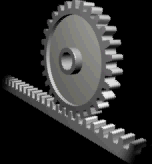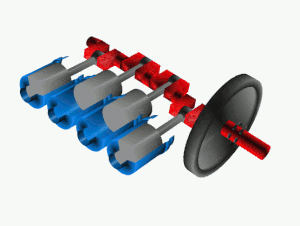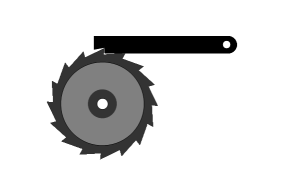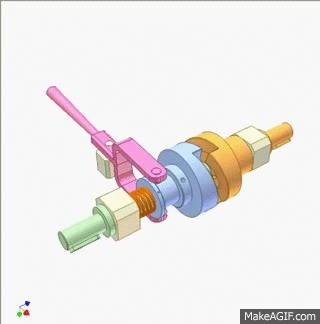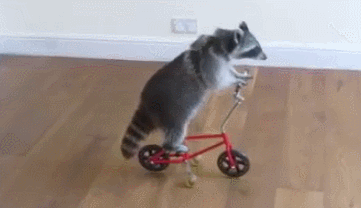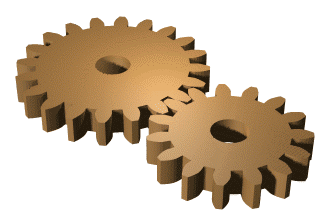 |
| Rotary transmission |
* Linear transmission⇒ puley
* Rotary transmision⇒ gears
 |
| Linear transmission |
Transformation of motion
* Rotary-linear⇒ rack and pinion
* Reciprocating rotary-linear⇒ crankshaft
Motion control
* Direction control⇒ ratchet
* Speed reduction⇒ brake
Energy accumulation
* Absorption/Dissipation⇒ spring
Connection
*Linkage⇒ clutch
*Support⇒plain bearning
*Linkage⇒ clutch
*Support⇒plain bearning
| Linkage (clutch) |
